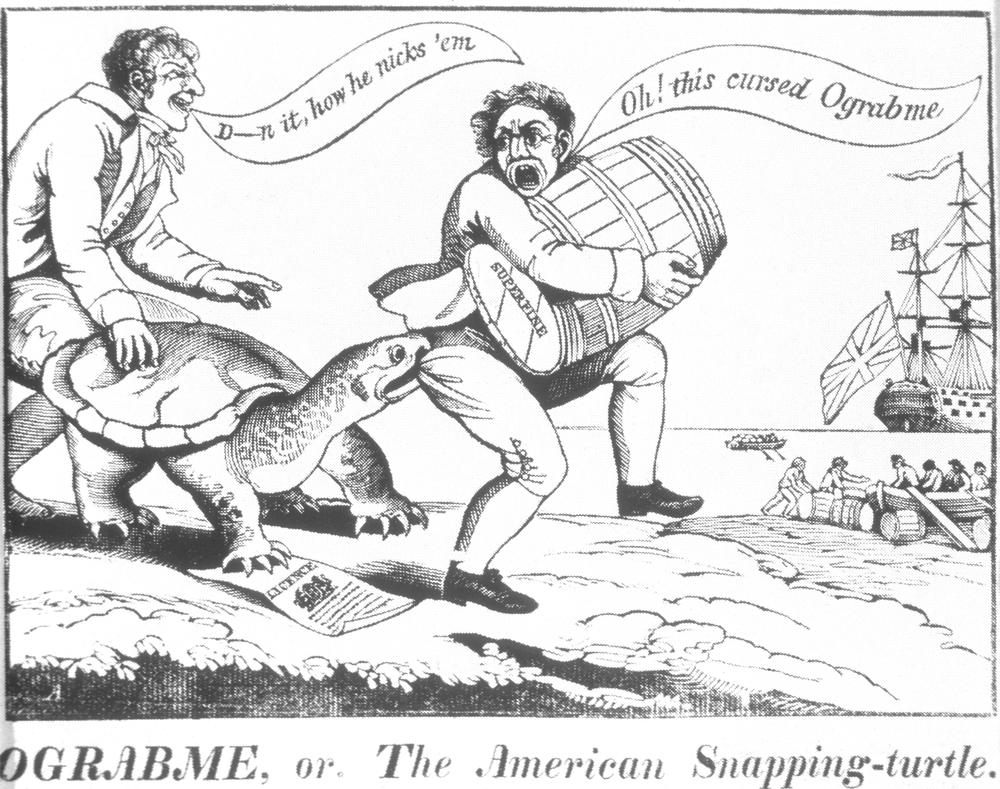Nature Note #182: O-grab-me! Mighty Turtle!
 |
| Adult snapping turtle at Beaver Lake in Baldwinsville, NY |
Rising from the muddy depths with plodding steps, it poked its head out of the water for a quick breather and a glance around.
Fortunately I wasn't planning on going swimming that day, but certainly many a swimmer has felt the rush of adrenalin and pang of fear as they notice these ancient reptiles cruising past their toes!
Snapping turtles have always had a fearsome reputation. Their fast and powerful bites are what enables them to capture fish, frogs, snakes, mice, and carrion, as well as some plant matter as well. Their bite force, while powerful, isn't the most powerful of all turtle species. According to a study by scientists from University of Amherst, University of Miami, and University of Massachusetts found that while the snapping turtle had a bite force of 208.98-226.10 newtons (or 304-328 psi), the most powerful bite force belongs to the Guianian toad-headed turtle (Mesoclemmys nasuta) at 432.40 newtons (or about 627 psi).
Despite not having the highest bite force, this doesn't mean snapping turtles like to be pestered by people. Their shells, while large and well armoured, don't allow them to hide all the way and as a result, their legs and tail can remain exposed. This is one of the reasons for their extreme aggression towards anything that approaches them.
Their tenacity for biting anything that floats, walks, or wanders their way wasn't lost on the early American colonists. In 1807, Thomas Jefferson sponsored the Embargo Act in retaliation to Britain and France to try and get them to respect American rights during the Napoleonic Wars. The hope was that by banning exports from America, Jefferson could force Britain and France to accept terms for shipping supplies to either side. The cartoon featured a snapping turtle, referred to as the "O-grab-me" which the reader will note is simply "embargo" spelled backwards. Such a simple observation and correlation had a huge effect on the psyche of the American public in those early days and may have helped to pave the way for the modern American political cartoon.
The best thing to do when one encounters a snapping turtle, as with any wild animal, is to give it the space and respect it deserves. If it trying to lay eggs or dig a nest, leave it be. The turtle will be much better off if they can complete their breeding activities without someone looming over them, peppering them with inane questions while stressing them out further.
If there is a turtle crossing a road and should you decide to help, always remember to place it on the side of the road it was headed in. Sometimes perfectly helpful people will unwittingly create a huge setback for turtles by placing them on the side they started on rather than in the direction they wanted to be going in. Not only have you wasted everyone's time, including the turtle's, you have possibly endangered the turtle's life even further as a result.
If there is a snapping turtle crossing a road however, picking it up is ill advised due to its speedy, snapping beak. Instead, if the turtle is too large, one can move them very easily with a snow shovel. As a naturalist of the northeast, it is a plain and simple observation that regardless of the time of year, keeping a snow shovel in your car is a good idea. Not only can it get you out of a jam (or more accurately a large, frozen pile of snow) quickly and easily, it can also be used as a turtle transportation device.
 |
| Juvenile snapping turtle at Great Meadows NWR in Concord, MA |
Sources:
Herrel, A., J. C. O'Reilly, and A. M. Richmond (2002) "Evolution of bite performance in turtles" Journal of Evolutionary Biology: 15 1083-1094. Retrieved on August 10th, 2016 from http://docencia.med.uchile.cl/smg/pdf/HERREL2002.pdf



Comments
Post a Comment